Product Description
The TRICONEX DI6503 is a high-reliability digital input module designed for industrial control systems. It is part of the Triconex Safety Instrumented System (SIS) and is used to collect digital signals from various sensors and devices, ensuring safety and performance in critical industrial processes.
Product Parameters & Specifications
-
Input Channels: 32 channels.
-
Input Type: Supports dry contact and opto-isolated inputs.
-
Update Rate: 250 times per second.
-
Output Frequency: 350kHz.
-
Operating Temperature: -40°C to +70°C.
-
Compliance Standards: IEC 61508, SIL 3.
-
Dimensions: 160 x 110 x 50 mm.
-
Installation Method: DIN rail mounting.
-
Power Consumption: ≤5W.
Series
The TRICONEX DI6503 belongs to the Triconex TNS series, which is widely used in industrial control, process control, and automation.
Features
-
High Reliability: Certified to SIL 3, suitable for high-risk industrial environments.
-
High Performance: Fast update rate (250 times/second) to meet real-time requirements.
-
Ease of Maintenance: Hot-swappable design allows for online replacement of modules.
-
Multi-Functionality: Diagnostic functions facilitate troubleshooting.
Functions
-
Data Acquisition: Collects digital signals from various sensors and devices.
-
Signal Conditioning: Converts digital signals into a format suitable for processing by the control system.
-
Control: Provides accurate and reliable data to the safety system for precise control.
Uses & Application Fields
The TRICONEX DI6503 is primarily used in industrial automation and safety instrumented systems, especially in scenarios requiring high reliability and safety, such as:
-
Oil and Gas: For safety-critical applications in refineries, oil fields, and pipeline monitoring.
-
Chemical Industry: For safety monitoring and control in chemical production processes.
-
Power Generation: For safety protection in power plants, substations, and distribution systems.
-
Manufacturing: For automation control in various manufacturing processes.
-
Water Treatment: For safety control in water treatment plants
![]()
![]()



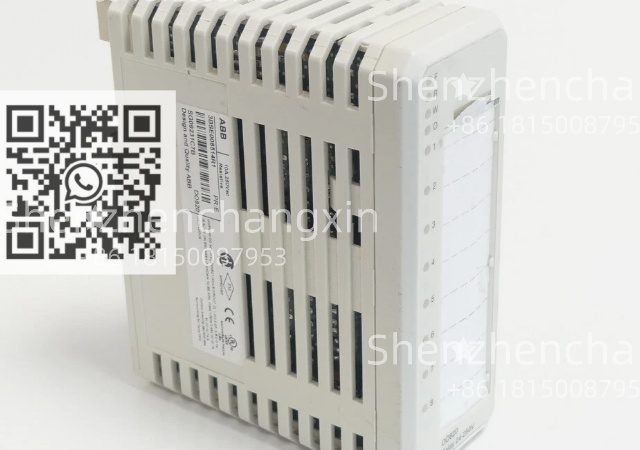
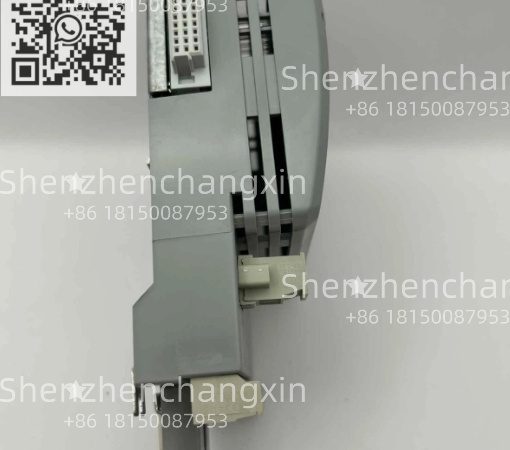
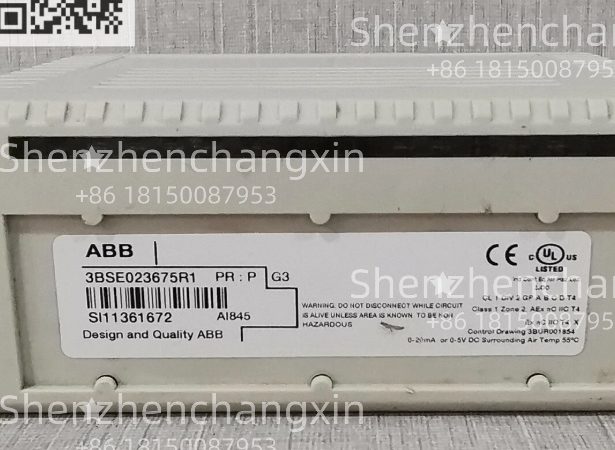
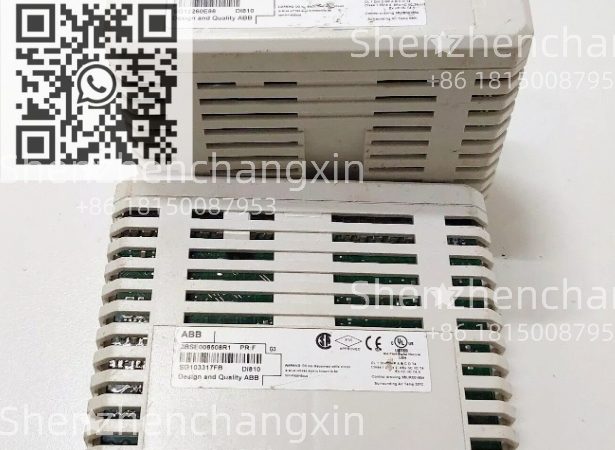
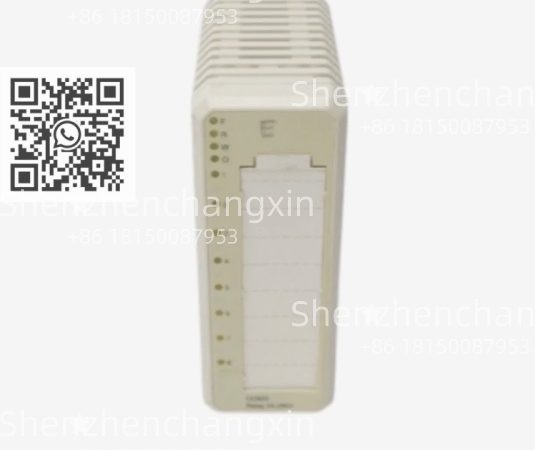
Leave a comment
Your email address will not be published. Required fields are marked *